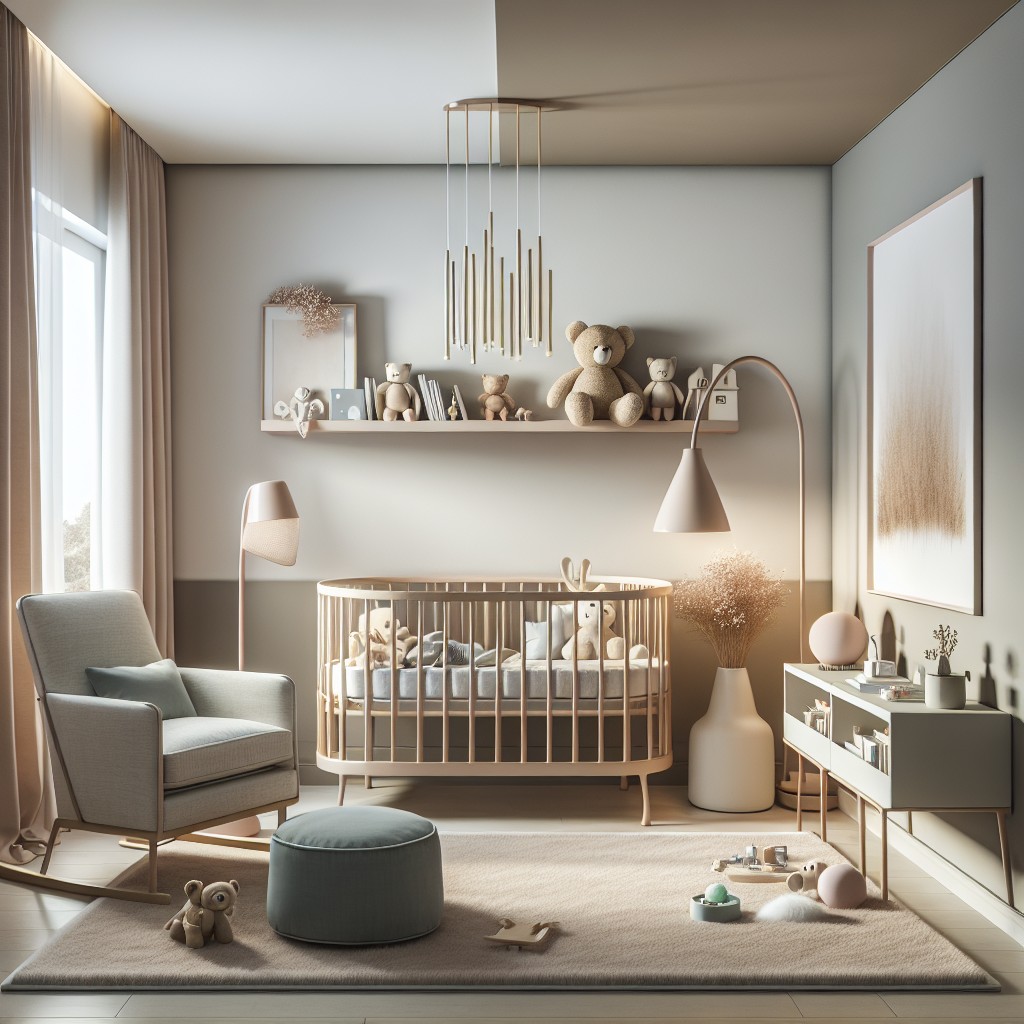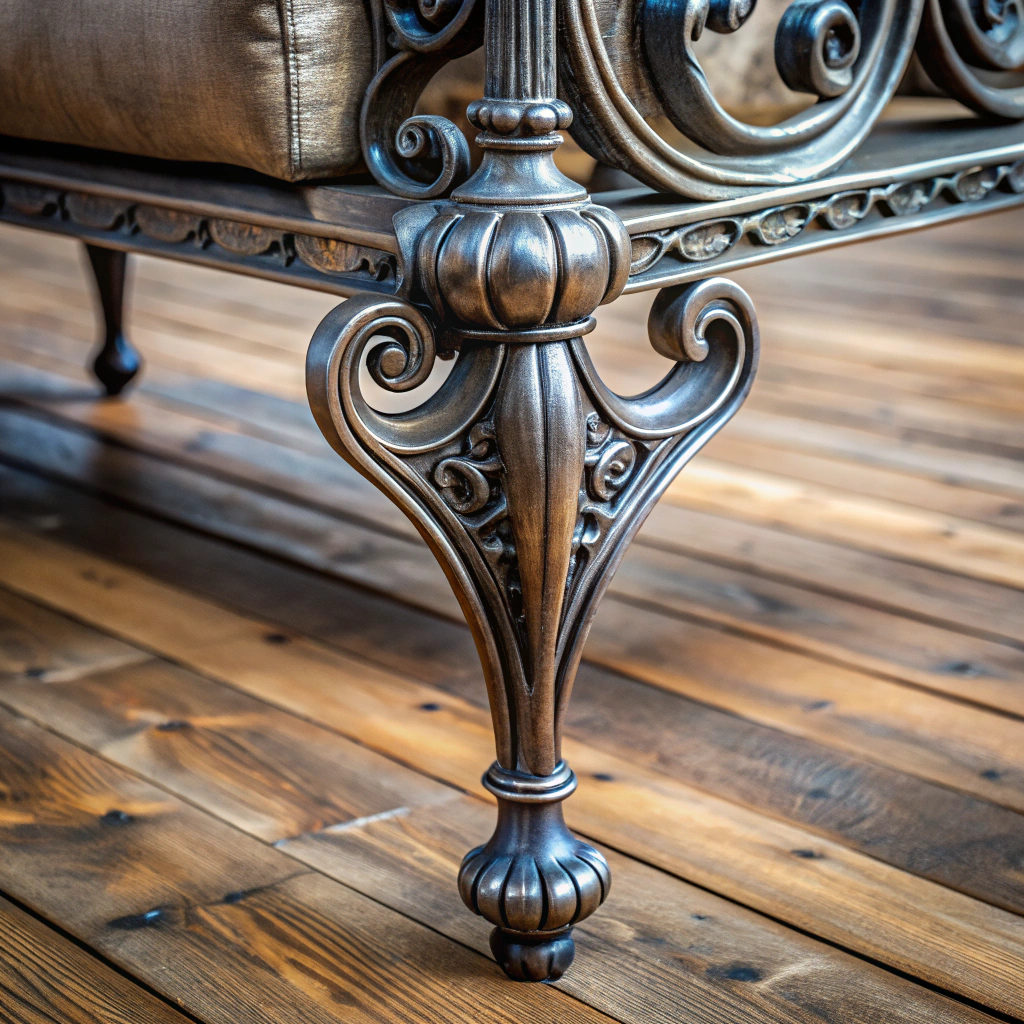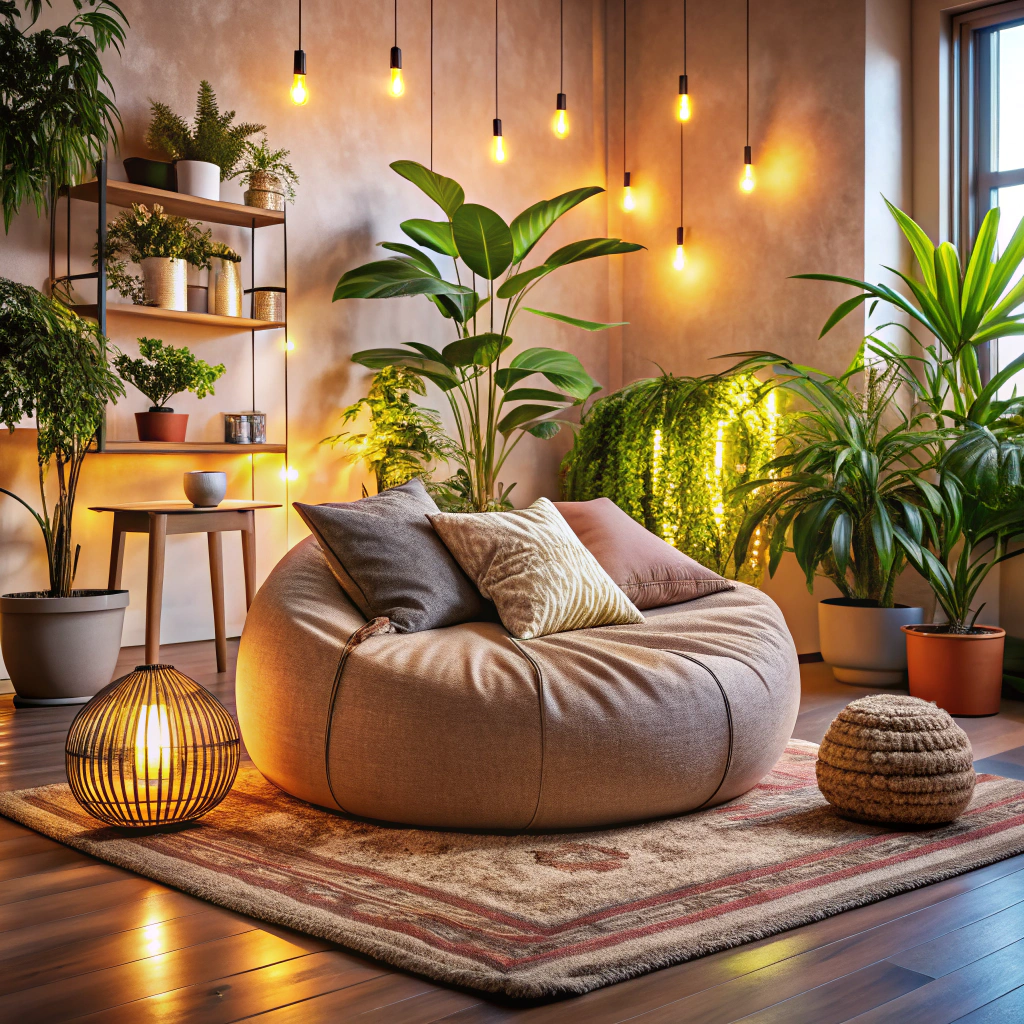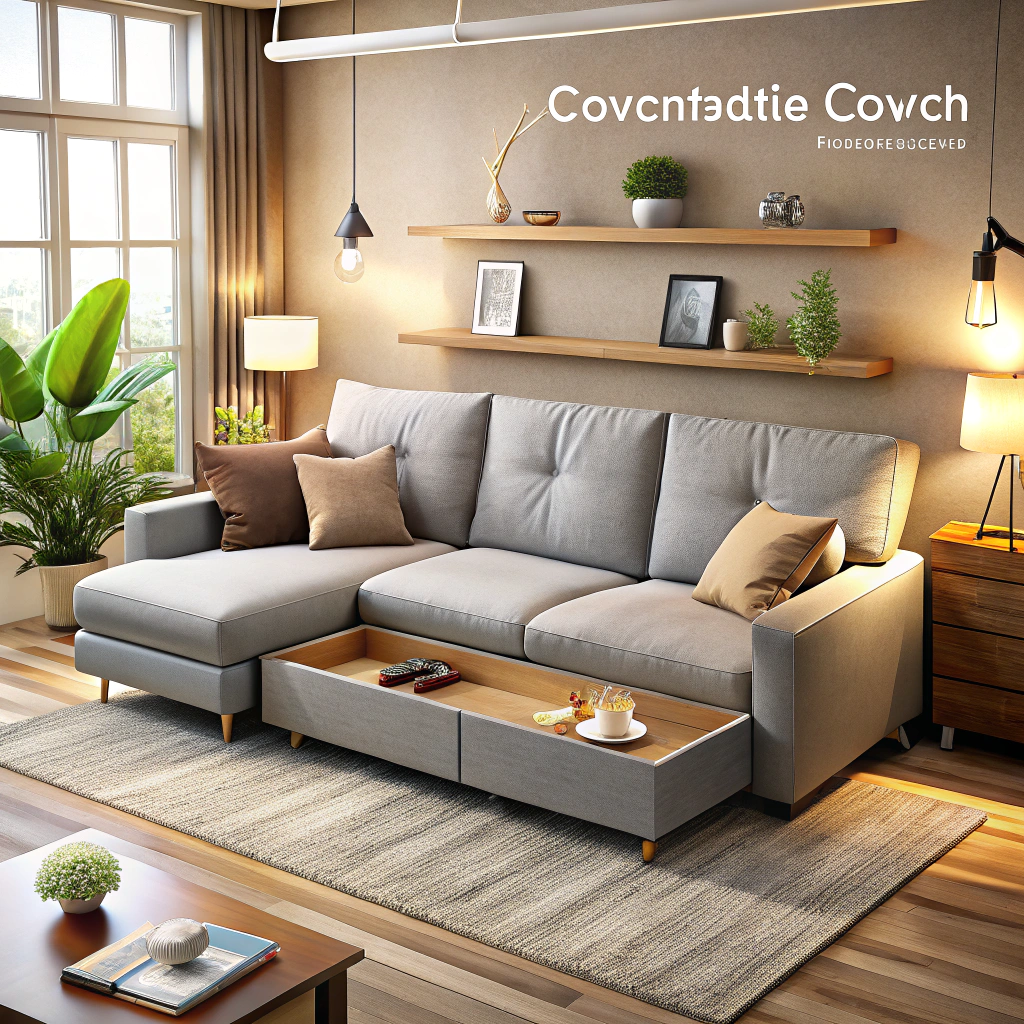Last updated on
Discover the transformative power of nursery interior design because the right setup can significantly influence your child’s learning and development.
Designing a nursery is a delightful endeavor that combines aesthetic charm with practical considerations, setting the stage for your little one’s earliest memories.
In the pursuit of creating a nurturing haven, selecting a harmonious theme and color palette is crucial for fostering a serene atmosphere.
Beyond aesthetics, safety is paramount, guiding the choice of furnishings adhering to up-to-date safety protocols.
Storage solutions wield elegance and efficiency, while ambient, adaptable lighting ensures the space meets the varied needs of day and night.
And as your child blossoms, wall decor and art that mature gracefully with them enrich the space.
Dive into the intricacies of curating a nursery that’s as functional as it is enchanting, ensuring a flexible environment poised to grow with your family.
Key takeaways:
- Choose nursery themes and colors to create desired atmosphere.
- Select functional and safe furniture that meets current safety standards.
- Incorporate storage solutions like built-in drawers and floating shelves.
- Opt for appropriate lighting with dimmable options and warm bulbs.
- Use wall decor and art that can transition and inspire as your child grows.
Table of Contents
Understanding Nursery Themes and Colors

When delving into themes, consider the atmosphere you wish to create. A nature-inspired theme may evoke tranquility with its soft greens and earth tones, while a nautical theme could bring a sense of adventure through navy blues and crisp whites. For a gender-neutral palette, yellow and gray make for a modern, cheerful space.
Color psychology plays a significant role as well. Pastel hues tend to be calming and are traditional choices that can make a room feel serene and cozy. Vibrant colors are stimulating and may be used for accent pieces or wall art to provide visual interest without overwhelming the senses.
Keep in mind the impact of these choices on long-term adaptability. Opt for a base color that can easily transition as your child grows, with accessories to add age-appropriate flair. This strategy allows for simple updates over time without the need for a complete room overhaul.
Selecting Functional and Safe Furniture

When outfitting your baby’s room, always opt for pieces that meet current safety standards to protect your little one. Look for a crib with slats no more than 2 3/8 inches apart and avoid drop sides.
A changing table with guardrails and a secure strap adds an extra layer of safety during diaper changes. To maximize longevity, choose convertible furniture that can evolve with your child’s needs, like a crib that transitions into a toddler bed.
Also, consider the height and accessibility of the furniture to ensure they cater to caregivers’ comfort and efficiency. Anchor all dressers and bookshelves to the wall to prevent tipping, a crucial step often overlooked. Remember, securing furniture is a simple action that significantly enhances the nursery’s safety.
Incorporating Storage Solutions
Maximize your space with multifunctional furniture such as cribs with built-in drawers and changing tables that convert into dressers.
Use vertical space effectively with floating shelves that keep essentials at arm’s reach while maintaining a clutter-free floor.
Bins and baskets in accessible cubbies encourage easy organization and clean-up routines as your child grows.
Customize closet organizers to make the most of wardrobe storage, and don’t forget to label bins and containers for quick identification.
Remember, a place for everything and everything in its place will facilitate an environment that is both serene and stimulating for your little one.
Choosing Appropriate Lighting
Layered lighting is essential to cater to different needs, from diaper changes to storytime. Opt for a dimmable overhead light to control the intensity during various activities.
Nightlights provide a soft glow that reassures the baby during the night and helps parents navigate without fully waking the child.
Task lighting, such as a lamp near the feeding chair or changing table, is practical for focused illumination.
Always consider bulbs that emit a warm light rather than cool, to foster a cozy and calming environment.
Lastly, ensure all lighting fixtures are secured and out of reach to maintain a safe space as your baby grows.
Deciding On Wall Decor and Art
Wall decor and art infuse personality and inspire imagination in a nursery. When selecting pieces, consider artwork that can retain its appeal as your child grows.
Removable wall decals offer a playful touch and can be easily updated. High-contrast images are excellent for newborns, while older children might appreciate storybook or nature scenes.
Murals can become a focal point and spark creativity. Ensure that frames are securely fastened and use shatterproof acrylic instead of glass for safety.
Strive for a balance between visual interest and restfulness, aligning artwork with the overall color scheme and theme. Remember, less is more; an overcrowded wall can overwhelm both the room and its little occupant.
Involving Texture and Sensory Elements
Introducing a variety of textures into a nursery stimulates a baby’s sense of touch and contributes to cognitive development. Soft rugs, plush blankets, and smooth wooden elements invite curious little hands to explore. Consider a shaggy rug for cozy tummy time and silky curtains for a subtle sheen that dances with the light.
Incorporate interactive sensory elements like mobiles with varied shapes and colors that gently move with airflow, promoting visual tracking. Wall decals with touchable textures or fabrics can also double as visually engaging and tactile features.
Opt for high-contrast patterns on bedding or wall art to captivate newborns’ attention as their vision develops. Rattles and other sound-producing toys placed in a basket provide auditory stimulation, easily accessible for playtime.
Remember, balance is key: too many stimuli can be overwhelming, so intersperse sensory-rich items with more subdued elements to create a comforting, harmonious environment.
Utilizing Window Treatments
When considering window treatments, opt for those that effectively manage natural light and offer privacy, creating a peaceful environment conducive to sleep.
Blackout curtains or shades are a popular choice, to keep the room dark during nap times.
These can be layered with sheer drapes to soften the look and introduce gentle light during the day.
For longevity, select adjustable window treatments that can grow with your child.
Cordless options are essential to eliminate choking hazards, ensuring the nursery remains a safe haven.
Patterned roman blinds or roller shades with child-friendly motifs add a pop of whimsy while maintaining functionality.
Consider also the material – washable fabrics make for easy cleaning, a practical choice for any spills or stains.
If the nursery receives ample sunlight, UV-blocking window treatments can protect against harmful rays and prevent furnishings from fading.
This multifaceted approach to window treatments balances aesthetic appeal with the nursery’s changing needs.
Incorporating Durable and Washable Fabrics
Opting for textiles that withstand frequent laundering and resist wear is crucial in a nursery. Think soft, yet sturdy cotton blends for bedding, which can be thrown into the wash without a second thought. Also, consider indoor-outdoor rugs; they’re not only comfortable underfoot but are designed to handle spills and stains gracefully.
For upholstery, microfiber is an excellent choice, as it’s soft to the touch but can handle the occasional messy accident. And don’t overlook slipcovers—they can be easily removed and cleaned, keeping your nursery looking fresh without extra hassle.
Remember, choosing the right fabrics can save time and effort, making it easier to keep the space clean and hygienic for your little one.
Creating a Growth-Friendly Design
A growth-friendly design ensures the nursery adapts to your child’s evolving needs, reducing the need for frequent redecorations. Consider these points to create a space that grows with your child:
- Opt for convertible furniture, such as a crib that transitions into a toddler bed, to accommodate different stages of growth.
- Choose neutral tones for walls and larger items to serve as a versatile backdrop for easily changeable accent colors and themes.
- Install adjustable shelving to accommodate changing storage needs from baby essentials to school-age books and trophies.
- Instead of purchasing a traditional changing table, opt for a dresser with a removable changing topper that offers storage and functionality beyond the diaper years.
- Integrate playful elements, like a wall-mounted growth chart or artwork display, encouraging your child to personalize their space over time.
- Leave room for updates, such as by having interchangeable drawer pulls or easily removable wall decals, to keep the space fresh and age-appropriate without a complete overhaul.
Implementing Personal Touches and Keepsakes
Integrating cherished heirlooms can turn the nursery into a repository of family history. Consider dedicating a special shelf for treasured items passed down through generations. Personalized items, such as monogrammed blankets or customized wall art, add a unique touch that celebrates the baby’s identity.
Crafting a display of baby footprints or handprints creates a heartwarming visual chronicle of growth. For a modern twist, digital frames can showcase a rotating selection of baby photos and videos, keeping the space dynamically personal.
Remember to leave some room for future keepsakes — your child’s first drawing or a lock of hair from the first haircut are just as important for the memory collage. The key is to create a space that feels intimately connected to the family’s journey while allowing flexibility for the moments yet to come.
Prioritizing Safety in Design Choices
As paramount as aesthetics are in a nursery, safety takes precedence in every design decision. Start by ensuring all furniture meets current safety standards, including non-toxic finishes and secure, stable constructions. Keep cribs clear of plush bedding and position them away from windows to avoid potential hazards.
Secure dressers, changing tables, and shelving to the wall to prevent tipping—a must as your child grows and becomes more mobile. Also, choose cordless window treatments to eliminate strangulation risks, and elect for outlet covers and corner protectors to safeguard curious little explorers.
Furthermore, opt for rugs with non-slip backings to reduce slipping incidents and consider the longevity and cleanliness of materials. Washable paint and rugs can help maintain a hygienic environment as spillages and accidents will undoubtedly occur.
By incorporating these safety elements, you create a nurturing environment where both you and your little one can relax and enjoy precious moments together.
Focusing On a Flexible Layout
When planning your nursery, think long-term. Babies grow quickly, and their needs evolve. Opt for furniture that offers multiple uses: cribs that convert to toddler beds, dressers that serve as changing tables, and shelves that can be rearranged or repurposed.
Leave space in the room’s layout to add or remove items without major upheaval. Flexible furniture on wheels, like a movable bookcase, can adapt to changing storage needs and play habits.
Consider placing key pieces of furniture against walls to maximize central play area, keeping the floor space open for your child to move around freely as they grow. This approach not only optimizes the space for functionality but also allows for easier updates to the room’s design as the child’s interests change.
Staying Within Budget
To maintain financial discipline while decorating a nursery, begin by setting a clear budget. Allocate funds for essentials first, such as a crib and changing table. Opt for pieces that can adapt as your child grows; a convertible crib, for example, can evolve into a toddler bed, saving money in the long run.
Explore secondhand options for big-ticket items. Many baby products are used only for a short period and can be found in excellent condition. Ensure that they meet current safety standards.
Consider DIY décor projects. Customizing simple furniture or creating your own wall art can add a personal touch at a low cost. Additionally, mixing high and low-end items can keep you within budget without compromising on style.
Be strategic with your purchases by taking advantage of sales and discounts. Signing up for newsletters from baby stores can give you the inside track on upcoming promotions. Remember, not everything has to be bought at once; spread your purchases over several months to ease the financial impact.
Finally, ask family and friends for hand-me-downs or set up a nursery registry for your baby shower. This can help you obtain necessary items from those eager to support you on this new journey.
Evaluating Eco-Friendly and Non-Toxic Materials
When selecting materials for a nursery, it’s crucial to prioritize the health and safety of your little one. Eco-friendly options, often made from sustainable resources like bamboo or organic cotton, reduce environmental impact while ensuring a safe space.
Non-toxic materials are equally important. Check for certifications like Greenguard or OEKO-TEX, ensuring products are free from harmful chemicals and safe for infants. Paints with low or zero VOC (volatile organic compounds) levels are advisable, as they minimize the inhalation of hazardous fumes.
Flooring choices, such as cork or hardwood treated with natural sealants, should complement the nursery’s clean environment while being easy to maintain. For softness underfoot, organic wool or cotton rugs without synthetic dyes serve as cozy, non-toxic alternatives.
Lastly, consider untreated solid wood for furniture over pressed wood products, which may contain formaldehyde. A well-informed choice of materials benefits both your baby’s well-being and the planet.
DO – Design Your Room to Scale
Measure the nursery carefully before purchasing any large items such as a crib, changing table, or rocking chair. Ensure there’s enough space for you to move around comfortably, especially during those nighttime feedings. Use painter’s tape to outline the dimensions of potential furniture on the floor, providing a visual guide to how much space each piece will occupy.
Remember to consider door and window placements; they will determine where to position furniture safely and effectively. It’s crucial to keep the crib away from windows to avoid drafts, direct sunlight, and any cord hazards.
For a harmonious scale, balance larger items with smaller ones, and don’t crowd the room. The goal is for the space to feel cozy but not cramped, leaving ample room for your child to play and explore as they grow.
DO – Have Fun! Design a Space That Is Colorful and Exciting
Embrace vibrant hues that stimulate both you and your baby’s senses. Consider playful wallpaper patterns or a bold accent wall to inject energy into the space.
Balance bright tones with neutral backgrounds to ensure visual interest without overwhelming the area. Introduce playful elements such as whimsical mobiles, colorful rugs, or character-themed decor to create an engaging environment.
Mix and match textures and patterns for a dynamic yet cohesive look. Remember, a nursery that’s cheerful and spirited is a backdrop for happy memories and a place where imagination can flourish.
DO – Design a Room That Goes With the Rest of Your House
Creating a cohesive look throughout your home includes the nursery. This ensures that, as you transition from one room to the next, there’s a harmonious flow rather than a jarring difference. Here are some points to keep in mind:
- Mirror the color palette: If your home features soft neutrals or bold hues, reflect these in the nursery for consistency.
- Echo design elements: Incorporate similar patterns, textures, or architectural details found in your home to connect the spaces.
- Consider the home’s era: A modern nursery might feel out of place in a vintage-styled home, so blend elements from the era for a unified aesthetic.
- Coordinate flooring and finishes: Matching these with other rooms can make the nursery feel like a natural extension of your home.
Remember, while the nursery should complement the overall design scheme, it’s also a space for imagination and playfulness—don’t be afraid to add whimsical touches that delight both you and your baby.
DO – Include Funky Shapes That Will Stimulate Your Baby’s Creativity
Incorporating interesting shapes plays a vital role in stimulating your little one’s curiosity and developing creativity. Consider the following points:
- Opt for rugs, wall decals, or art pieces with geometric or abstract patterns.
- Choose shelving units or storage options in hexagonal or asymmetrical designs for a touch of whimsy.
- Mobiles with varied shapes not only entertain but also aid in visual tracking development.
- Play mats with interactive, multi-shaped components encourage tactile exploration.
- Light fixtures in unconventional forms can also serve as a focal point and spark imagination.
By integrating these playful elements, you create an environment that is both aesthetically pleasing and beneficial for cognitive growth.
DO – Include Both New & Old Items
Blending heirlooms or hand-me-downs with contemporary pieces creates a nursery that feels both personal and refreshing.
Vintage toys or a classic rocking chair can harmonize with modern storage solutions or a sleek crib, offering a sense of continuity and history.
Mixing items also fosters a unique aesthetic that can’t be replicated by store-bought collections.
When incorporating older items, ensure they meet current safety standards.
By choosing selective pieces from different eras, you craft a space that’s rich in character and feels grounded in tradition while still providing all the functionality a modern nursery requires.
DON’T Buy Oversized Furniture
Navigating the array of furniture options for your nursery can be thrilling, yet it’s essential to prevent the space from feeling cramped and overwhelmed. Here are reasons to opt for size-appropriate pieces:
- Room to Grow: Small scale furniture leaves ample space for your child to play and move around, making the nursery comfortable and adaptable for years to come.
- Accessibility: Keep everything within reach for both you and your little one. Overly large items can cause unnecessary stretching or climbing, which could lead to accidents.
- Proportionate Design: Furniture that matches the nursery’s size maintains aesthetic harmony and visual balance, making the room feel open and inviting.
- Maximize Functionality: A streamlined approach means each piece serves a purpose without wasting precious square footage. Remember, a cozy glider is as effective as an expansive rocking chair when it comes to soothing your baby.
Choose wisely; the right furniture supports a safe, functional, and enjoyable environment for both you and your child.




